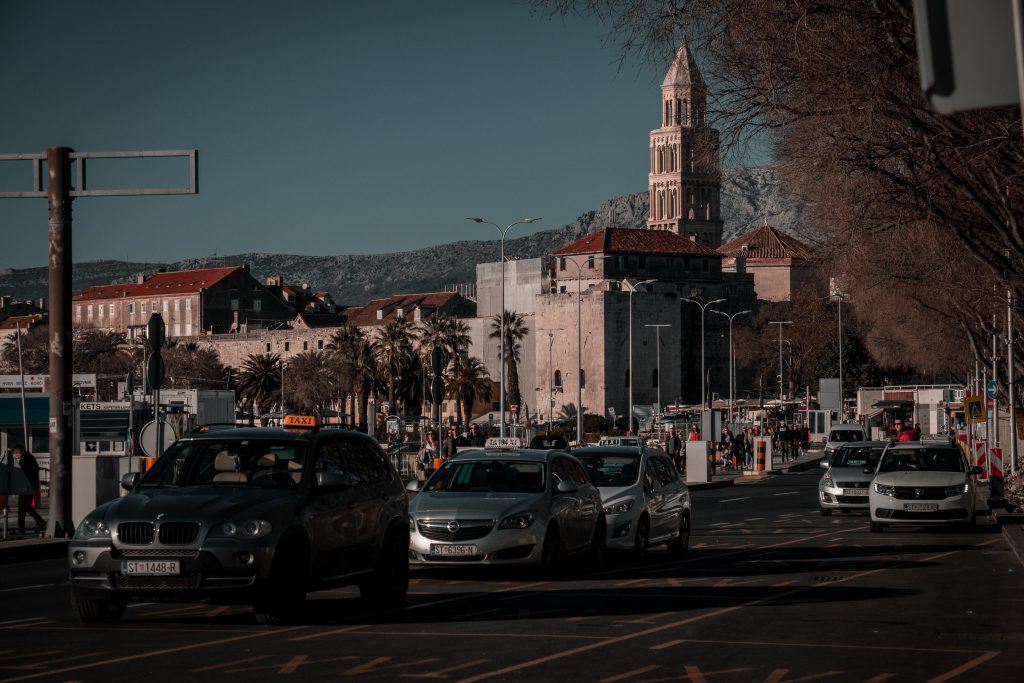August the 31st, 2023 – Despite a lot of talk and some significant improvements, smarter Croatian road toll collection is still very needed.
As Poslovni Dnevnik/Darko Bicak writes, crowds and long hours spent sitting in hot cars waiting on Croatia’s motorways over the last peak summer tourist weekend have brought a burning question to the fore once again. That question is whether or not continual stoppages and long queues that are often measured in tens of kilometres and hours are necessary and whether it’s possible to optimise this by changing the motorway management model.
If it is obviously not possible to reduce the number of cars present on the roads during peak weekends or the congestion on the approach to Zagreb, especially at the toll booths, all of this could and should be improved by employing a smarter Croatian road toll collection.
From Lipovac to the end of A1 road
Although vignettes keep being called for as a better Croatian road toll collection model every single year in July and August, Croatia will start introducing an improved model of its existing contactless payment method (ENC) next year. This will be done alongside the abolition of the current possibility of paying toll fees with cash or cards at one of the existing 339 toll booths.
At first glance, vignettes seem like a much more elegant and practical solution to bettering Croatian road toll collection, but experts have continued to warn that each country has its own specifics and that a model that is optimal for one country may not be very good for another.
As an argument for the vignettes comes the fact that last year Croatia earned 349 million euros on its 1,140 kilometres of motorways, and neighbouring Slovenia earned 480 million euros on its 623 kilometres. However, most analysts who advocate vignettes overlook the fact that Slovenia uses vignettes only for passenger vehicles, while trucks and buses pay for their use of the motorway with a digital ENC charged per kilometre.
Could a new and improved Croatian road toll collection solve crowding issues?
Crowds and queues during the peak season could be solved over a period of 5-10 years by building new road infrastructure. First of all, this refers to the long-mentioned expansion of the Zagreb-Karlovac section to three lanes, and then in the second phase, the same expansion of the motorway up to the Bosiljevo 2 junction, from where queues are formed when the traffic heading towards Split merges there.
According to HAC’s existing plans from the beginning of the year, the estimated value of the motorway extension works from Zagreb to Karlovac stands at 190 million euros, with a planned completion period of three years. The current estimates are that the second phase of the project from Karlovac to Bosiljevo would carry a similar value. Regarding deadlines, there is a possibility that both sections can be “attacked” with these Croatian road roll collection plans simultaneously, which would reduce the total construction time.











